
via OSHA
Earlier this year, it was announced that reducing injuries and deaths caused by trenching and excavation collapses would be a priority goal for OSHA in 2018. The administration planned to achieve this through increased inspection rates, public service announcements (PSA), updating online resources, and creating a better public-private partnership. Recently, OSHA made good on their promise to issue PSAs and update their online resources.
OSHA’s PSA on trench safety, entitled “5 Things You Should Know to Stay Safe in a Trench” is a quick, 45-second video highlighting the key elements to avoiding cave-in:
Ensure safe entry and exit – a means of egress must be provided when a trench is at least 4 feet deep and must not require more than 25 feet of travel.
Trenches must have cave-in protection – slope it, shore it, or shield it
Keep materials away from the edge of a trench – heavy loads from material or equipment can put too much pressure on trench walls.
Look for standing water or other hazards – standing water can greatly reduce the strength of the soil
Never enter a trench unless it has been inspected – a competent person is required to inspect trenches
In addition to the 45-second video, which you can watch below, OSHA also updated their Trench Safety Quick Card in both English and Spanish. To report an unsafe trench to OSHA, you can call 1-800-321-6742.
[guest post] It’s a morbid statistic, but the construction industry experiences more workplace deaths than any other. With so many potential hazards, heavy-duty machinery, and power tools, it’s perhaps not surprising that serious accidents are relatively commonplace.
Even though we’re over a year into the COVID-19 pandemic, the virus is still threatening the health of construction’s workers and taking a toll on project timelines. It’s likely that your company has already determined the best course of action to help mitigate the risk of spreading the virus on your jobsites, but it’s never too late to learn from another contractor.
It’s been a little over a year since the coronavirus pandemic sent the entire world into a period of uncertainty, heartache, and panic. The construction industry itself has undertaken many different challenges, above and beyond keeping their people safe on the jobsite, many of which no one could have expected.
“You make a better door than a window!” is what I imagine loader operators constantly yell at the bucket in front of them (or maybe I’m just projecting based on my experience of having the habit of sitting right in front of the TV as a kid). Either way, operators may not be yelling that in the future, as equipment manufacturer, Doosan, has introduced what they claim is an industry first “transparent” bucket.
Reducing dust when cutting tile is important for many reasons (including safety and cleanliness), but wet tile saws can be a pain to use, with the slurry created spraying all around the work station and cold weather making the saw much more difficult to use outside. iQ Power Tools has a solution for that: the world’s first 7” portable dry table saw with integrated dust control.
In the construction industry, falls from height are continuously the leading cause of jobsite injuries, fatalities, and, as a result, OSHA citations. From May 3-May 7, OSHA invites construction employers and stakeholders to take part in their 8th annual National Safety Stand Down to Prevent Falls in Construction.
On Tuesday morning, February 23, the Syracuse Fire Department responded to a call about a collapsed crane on a construction site near the university. Thankfully, no injuries were reported.
It seems a little odd to be talking about air-conditioning when much of the United States hit some incredibly low temperatures in recent days, but a product that I learned about recently is just too exciting to ignore. Announced at CES 2021, a research company has unveiled an air-conditioned hard hat (ACHH) that can reduce the ambient temperature up to 22 degrees Fahrenheit!
2020 was a challenging year in many respects, but none greater than from a safety standpoint. The coronavirus pandemic placed the notion of “people over profits” under the microscope, while also balancing the needs of their employees to continue to make an income under difficult circumstances. While the pandemic was a large part of the construction safety conversation last year, there were several other developments to take note of for your projects in the future.
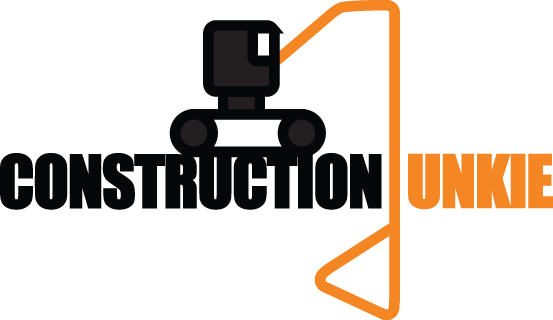
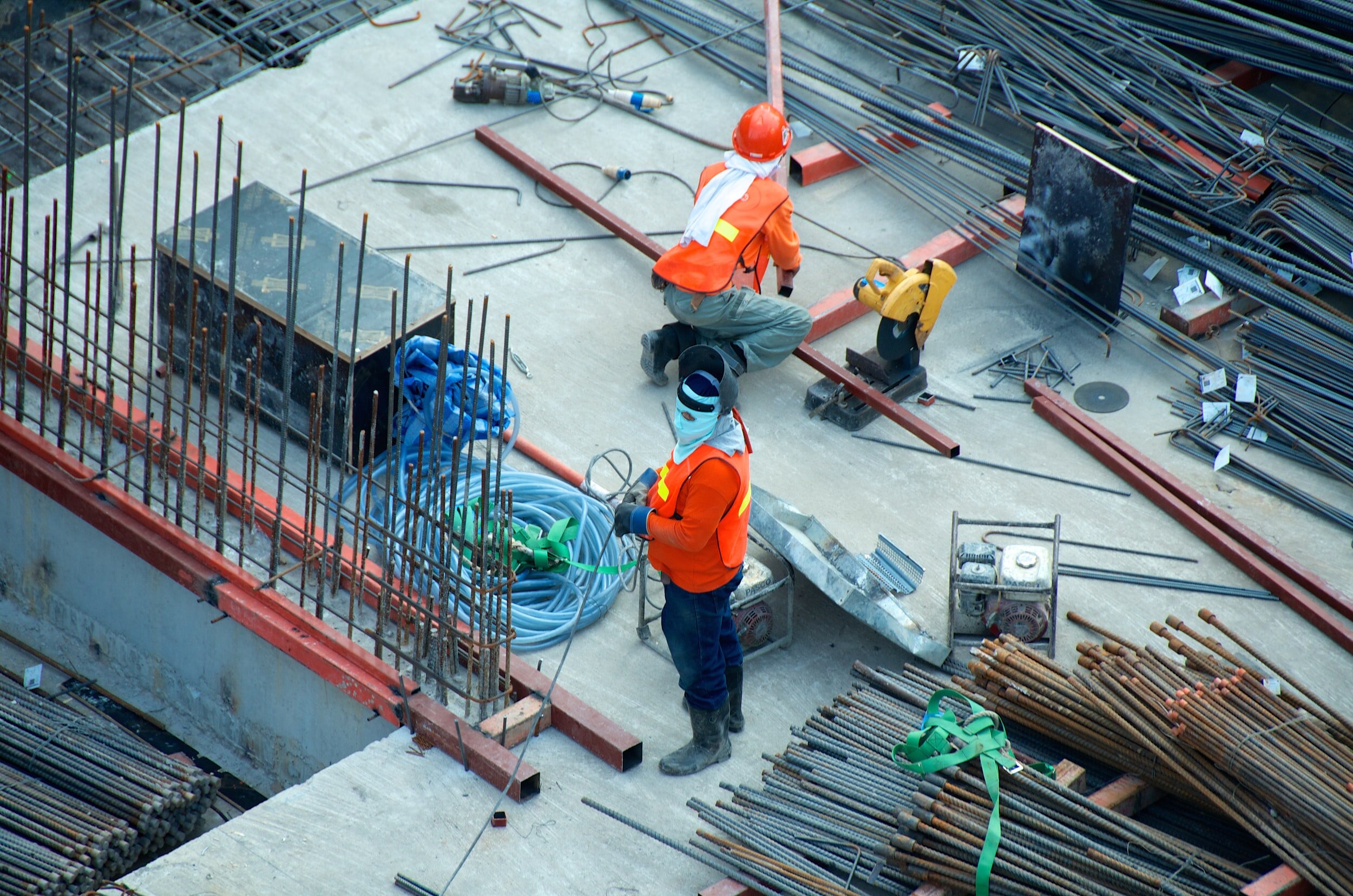
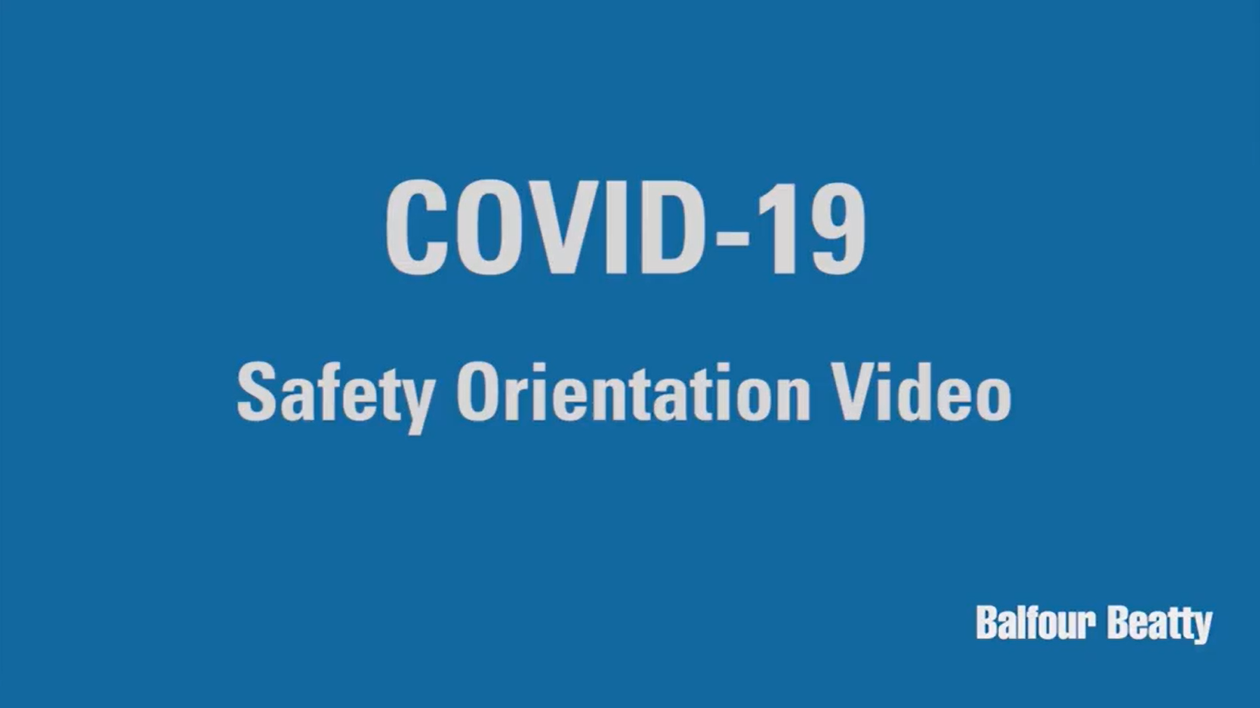


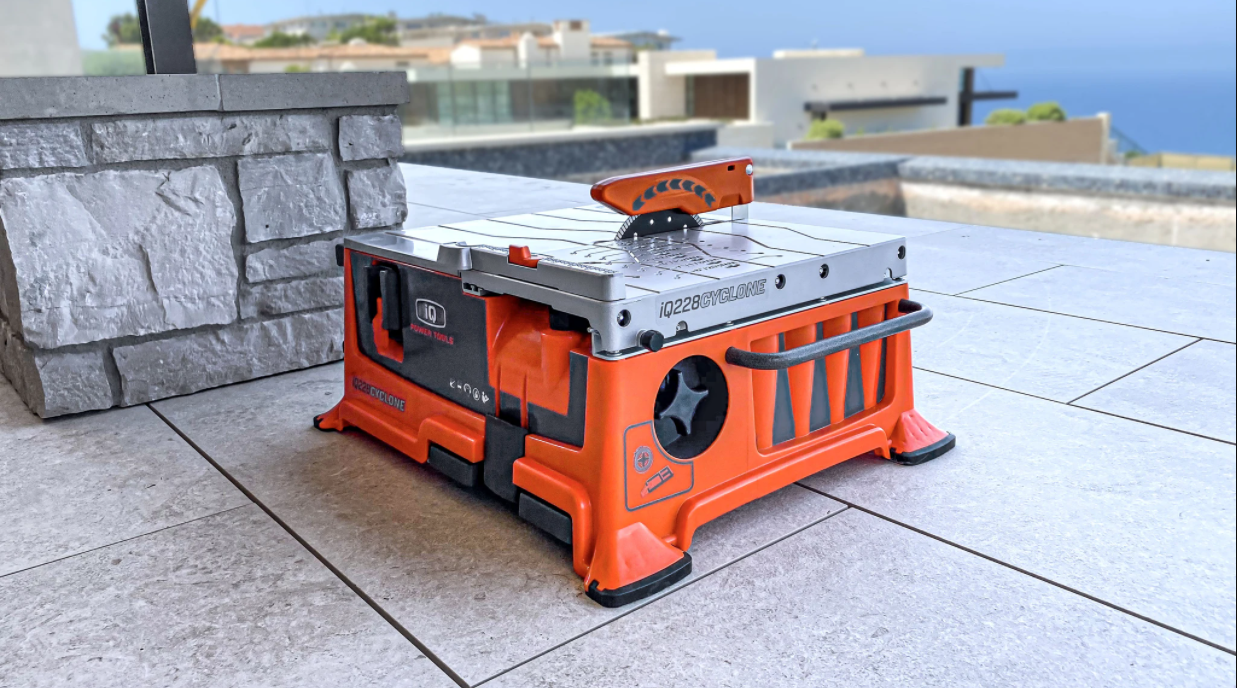

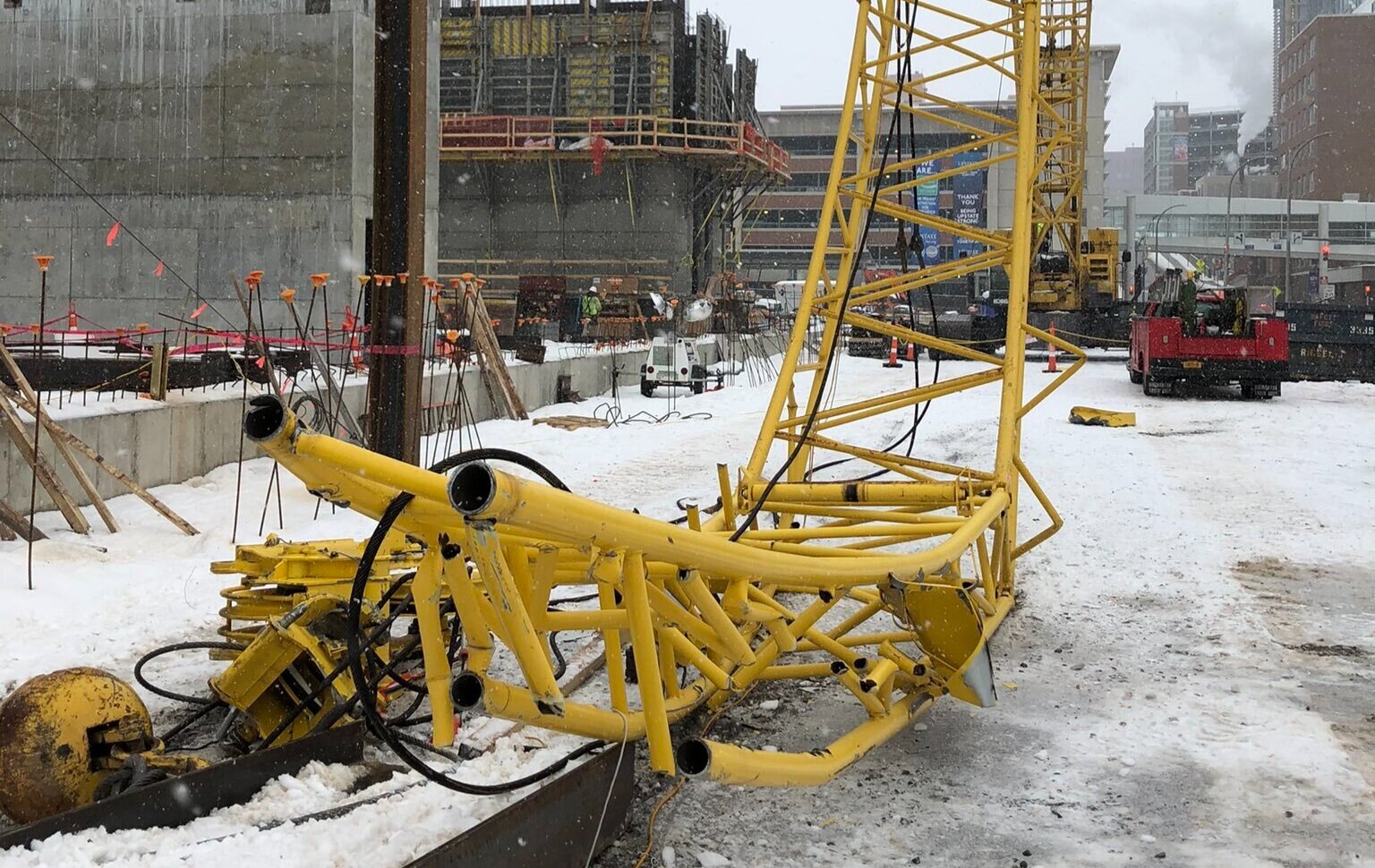


Last summer, Hilti announced that they had developed their first exoskeleton designed for construction tradespeople in a partnership with Ottobuck, a prosthetics, orthotics, and exoskeleton provider. Earlier this month, Hilti officially released the exoskeleton, announced more details, and published its retail price on their website.